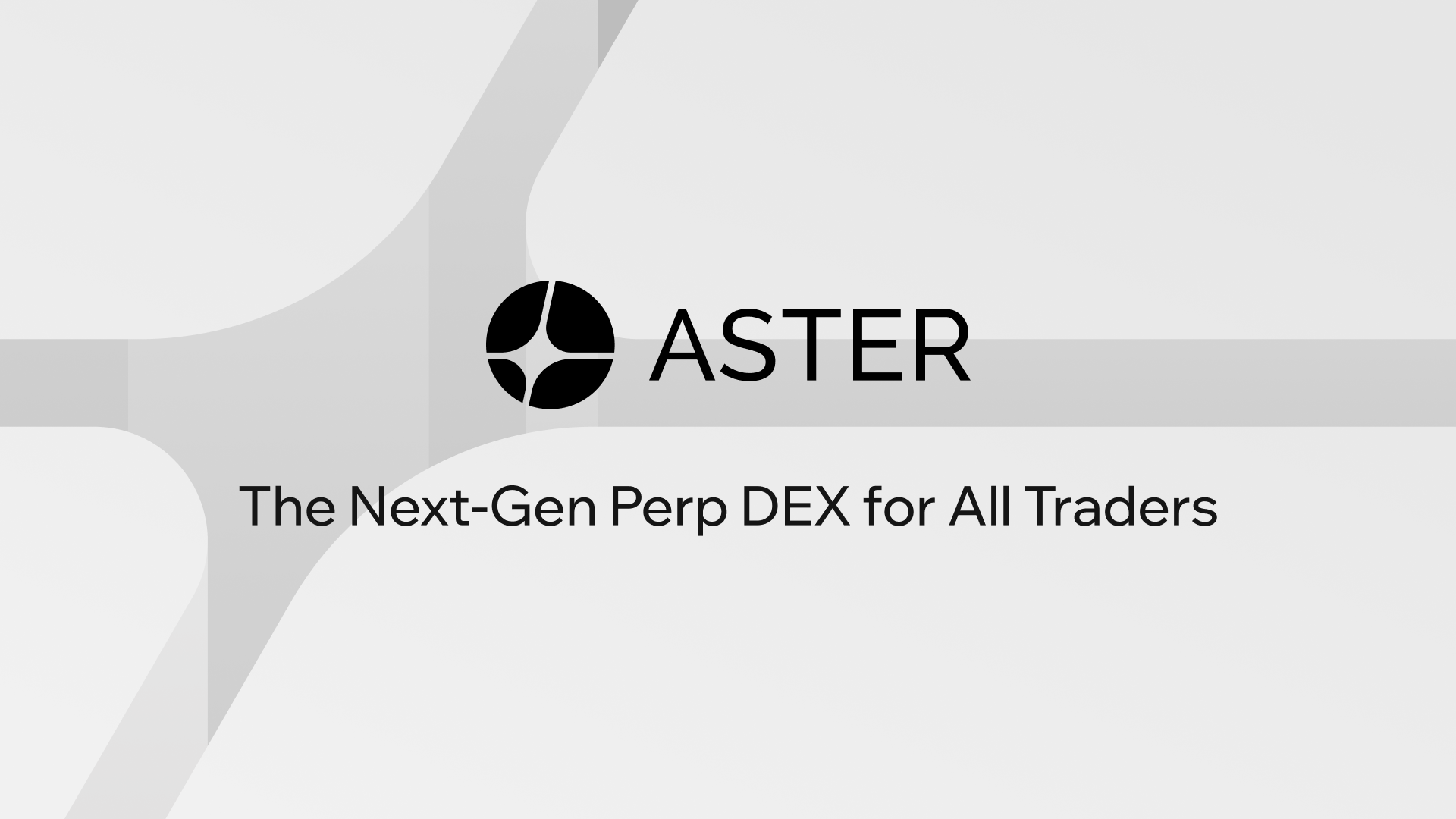Whoa, that’s surprising.
I woke up thinking about slippage and governance, which sounds nerdy, I know.
My instinct said there was somethin’ off with how most DEXs bootstrap liquidity and vote power.
At first glance governance tokens look like stickers and warm fuzzies, but they often change incentives in ways traders and LPs underestimate.
Seriously? Yes—and the next few minutes might save you fees down the road if you care about low-cost execution on Polkadot chains.
Here’s the thing.
AMMs are deceptively simple on the surface.
They match orders via math, not order books, and that changes everything.
On one hand automated market makers democratize market making—almost anyone can provide liquidity and earn fees—though actually there are hidden trade-offs that tilt rewards toward early, well-capitalized LPs who can withstand impermanent loss and front-running.
Initially I thought token-based governance would fix these misalignments, but then realized governance itself often becomes a secondary market where large holders shape outcomes in ways that don’t always help everyday traders.
Hmm… some context first.
AMMs (automated market makers) use pools and pricing curves to enable swaps instantly.
Governance tokens grant rights—voting, parameter changes, sometimes revenue shares.
When you combine AMMs with governance tokens within a DeFi protocol, you get a feedback loop: protocol adjustments affect fees and slippage, which affect LP returns, which in turn affect token distribution and governance power over time.
This loop can produce virtuous cycles or nasty spirals, depending on tokenomics and community incentives.
Okay, quick anecdote—I’m biased, so fair warning.
A trading buddy and I tested a Polkadot parachain AMM during a liquidity mining launch.
We saw fees crater, then spike painfully fast because a governance vote added an exotic incentive that pulled liquidity toward a handful of pools.
It was like watching Main Street suddenly funnel all its traffic through one lane when a billboard changes—chaotic and very very frustrating for anyone not favored by the billboard.
That episode made me tweak how I view governance token distributions forever.

How governance tokens change AMM dynamics
Governance tokens do more than let you vote.
They alter behavior and allocation.
When a protocol issues tokens to bootstrap liquidity, many traders chase yield instead of utility, and liquidity concentrates in artificial high-yield pools that vanish once inflation ends.
On Polkadot, where cross-chain messaging and parachain slots introduce unique cost structures, governance-driven decisions about fees, bonding curves, and parachain rent can materially affect whether an AMM stays cheap or becomes costly for traders.
My gut told me distribution fairness matters more than total supply, and data-backed voting later backed that up.
One common trap: governance anonymizes responsibility.
Votes happen, proposals pass, and the protocol changes hands in effect, though not formally.
That can be good if the community is active and educated.
But often voting participation is low, dominated by token whales or automated yield farms that vote for short-term farming boosts rather than sustainable fee structures.
So yeah, governance can be a lever for better fees—or a lever for short-term rent extraction.
On Polkadot specifically, chains with low transaction fees and efficient message passing can host AMMs that are cheap to use, which is exactly what DeFi traders want.
But building on Polkadot means understanding parachain economics, collator behavior, and cross-consensus messaging costs.
If governance votes to subsidize some pools through token emissions, that subsidy must be weighed against long-term fee health; otherwise traders end up paying via spread or slippage later.
I’m not 100% sure on every parachain nuance, but that’s the rough trade-off I focus on when evaluating projects.
Practical rules I use when evaluating AMMs with governance tokens
Rule one: Follow the incentives.
If most token emissions reward LPs in a way that compounds governance power, expect centralization.
Short sentence.
Rule two: Look at participation rates and delegation mechanisms; high delegation to multisigs or DAOs often means decisions are concentrated, which can be fine if the multisig is competent.
Rule three: Examine fee-change proposals historically—if fee cuts or increases happen in response to token price movements rather than protocol health, that’s a red flag.
Also check vesting schedules closely.
Vesting shapes long-term alignment.
A large early unlock can crash incentives and leave traders paying for instability.
And yes, somethin’ as small as a mismatched cliff period can skew governance outcomes for months.
I learned that the hard way, and it still bugs me when teams rush token launches without thoughtful vesting.
One more: watch cross-chain bridges and message-relayers.
Polkadot’s XCMP and parachain bridges can introduce latency and tiny fee overheads, but they often still beat Ethereum for simple swaps if properly optimized.
On the flip side, crappy bridge integration can lead to unexpected token congestion and failed executions that look like slippage but are actually routing issues.
So even if the native chain fees are low, UX can get messy fast if cross-chain mechanics aren’t respected—oh, and by the way, watch mempool behavior on the collators.
Why I keep an eye on Aster DEX
Okay, so check this out—I’ve been following aster dex for a while now.
I like that their governance proposals often include on-chain simulation results before votes.
That kind of transparency matters.
For a direct look at their approach and docs see the aster dex official site—I’ve bookmarked it, honestly.
Their focus on low-fee routing and Polkadot-native AMM designs is worth examining if you’re hunting cheap swaps and meaningful governance engagement.
I’m not saying it’s perfect.
No protocol is.
But Aster’s blend of liquidity incentives, fee schedule adjustments proposed with simulations, and attention to parachain specifics shows a protocol thinking beyond quick yield grabs.
On the other hand, sometimes proposals still favor short-term LPs, and the community debates can get noisy—very noisy—and that sometimes delays useful improvements.
Still, for low-cost execution on Polkadot, it’s a promising model and worth tracking closely as governance matures.
FAQ — quick answers for traders
How do governance tokens impact trading costs?
They can indirectly raise or lower costs.
Votes decide fees, routing logic, and subsidies that determine pool depth.
If governance favors long-term fee stability, traders win.
If it favors fast farming incentives, you may face high spreads or sudden liquidity crunches later.
Are AMMs on Polkadot cheaper than on other chains?
Often yes, especially for native parachain swaps.
Lower base fees and efficient messaging help.
But integration quality matters; poor bridges or lazy routing can wipe out those benefits.
So pick protocols that optimize for Polkadot’s architecture.
What should I watch in governance proposals?
Vesting schedules, emission targets, proposed fee changes, and on-chain simulation results.
Also see who signs off on proposals and whether multisigs hold outsized control.
Community churn and proposal clarity often predict whether changes help traders or just reward insiders.



Recent Comments